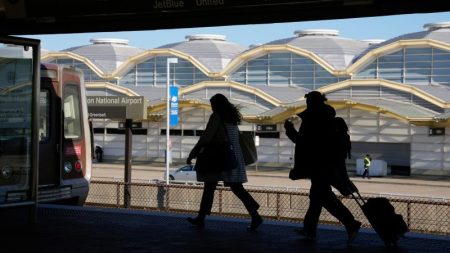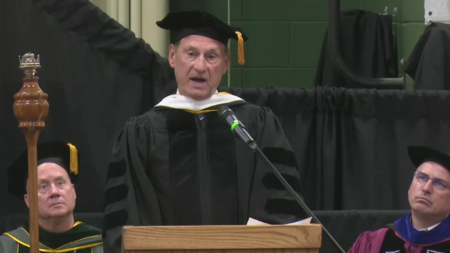Many high school seniors are currently in a state of limbo as they await delayed financial aid award letters, preventing them from making a decision on where to enroll for college in the fall. These delays are a result of issues with the FAFSA form, which underwent changes last year to simplify the process and make more students eligible for financial aid. Processing problems and glitches have caused significant delays in the distribution of financial aid award letters, with many colleges and universities receiving FAFSA data much later than usual.
Typically, colleges and universities send out financial aid award letters to students in March, allowing them to make decisions about enrollment by May 1. However, this year, many schools did not receive FAFSA data until March, leading to delays in the processing of millions of forms due to errors. As a result, many schools have extended their decision deadlines to accommodate the delays, but not all have done so, leaving some students to make decisions without knowing the full cost of college.
The Department of Education has been criticized for the botched rollout of the new FAFSA form, prompting an investigation by the Government Accountability Office at the request of some Republican members of Congress. Richard Cordray, who manages the FAFSA, has announced that he will step down soon, but the department has assured that FAFSAs are now being processed quickly and accurately, with all forms initially sent to colleges with errors now reprocessed.
Despite the progress made in recent weeks, many families are still waiting for financial aid award letters. FAFSA completions among high school seniors are down 29% compared to the prior year, with significant declines seen among students from lower-income and minority background schools. This raises concerns that students may be missing out on financial aid opportunities and may even opt out of college altogether due to delays in the process.
The rollout of the new FAFSA was delayed, and families faced various issues when trying to submit the form, such as those with parents without Social Security numbers struggling to complete it. The Department of Education has launched a new process to help such families create online accounts more easily and verify their identities. Additionally, backend problems and a last-minute change to the aid calculation further delayed the transfer of FAFSA information to colleges and universities.
Despite the challenges faced with the new FAFSA, the form is easier and faster to fill out than previous versions, reducing the number of questions to as few as 18 for some applicants. The Department of Education estimates that more students will qualify for federal Pell Grants and that more students will be eligible for the maximum amount due to changes in the FAFSA. While the form’s implementation has faced numerous issues, the changes aim to make financial aid more accessible to a larger number of students.















